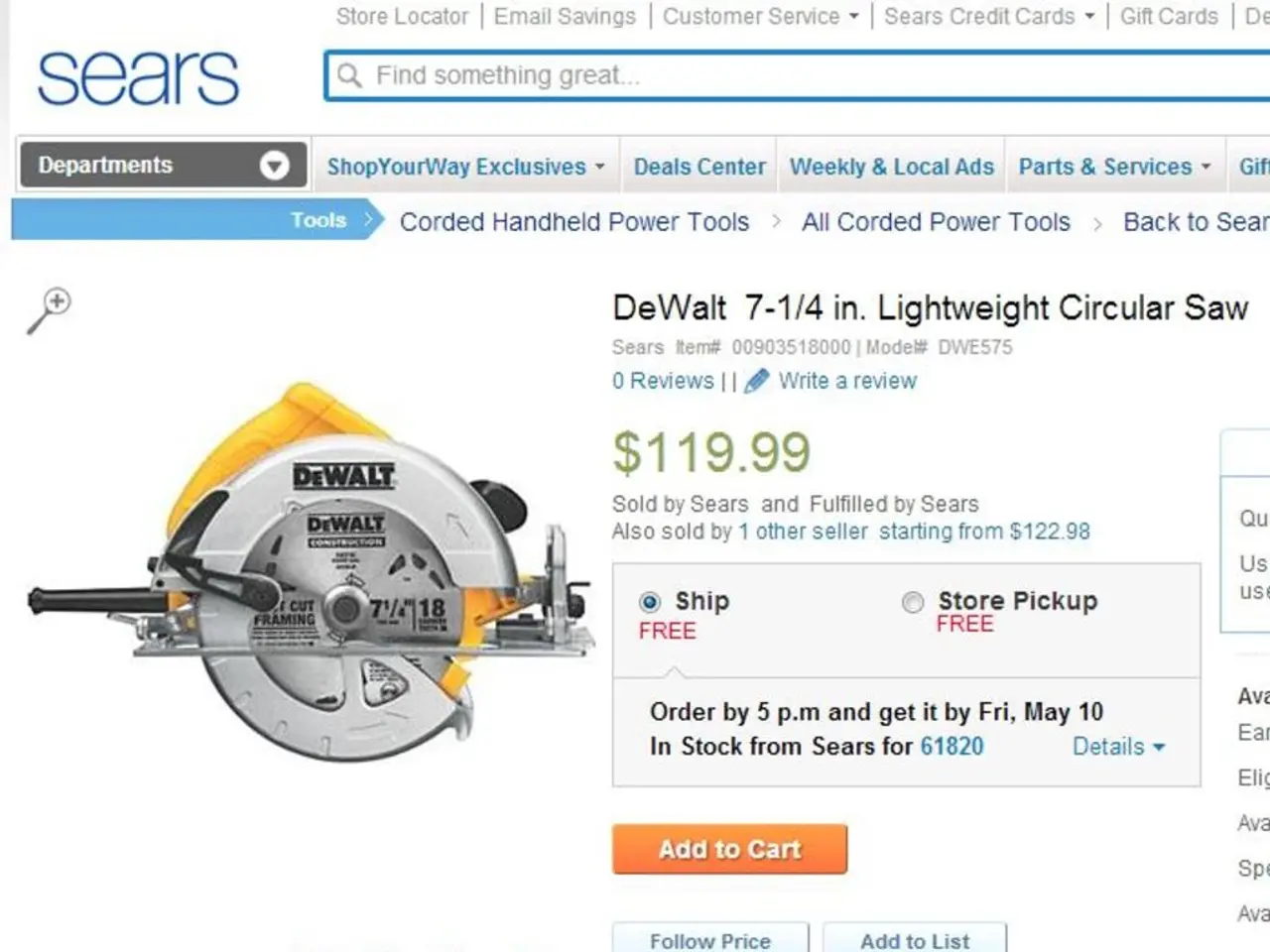Crafting a Form Adaptable to All Devices Without the Need for Programming
In today's digital age, creating a user-friendly and engaging form is essential for boosting conversion rates and ensuring cross-platform compatibility. One way to achieve this is by using a no-code platform for responsive form creation. Here's a step-by-step guide on how to create a responsive form using such a platform.
1. Choose a No-Code Form Builder with Responsive Design Capabilities
Select a platform that offers drag-and-drop form creation with built-in responsiveness to automatically adapt layouts across desktops, tablets, and mobiles. Examples include FormFlow and SureForms.
2. Design the Form with a Visual Workflow Builder
Use the platform's visual tools to drag and drop fields, organize them logically, and design multi-step forms to reduce form fatigue and increase completion rates.
3. Implement Dynamic and Conditional Fields
Set up conditional logic so fields and sections appear based on earlier user input, personalizing the experience and preventing unnecessary questions.
4. Incorporate Real-Time Data Validation and API Integrations
Add real-time validation like email verification to reduce errors and improve list quality. Use no-code API integration tools to auto-fill fields dynamically (e.g., address auto-completion) to enhance usability and accuracy.
5. Optimize for Multi-step Forms and Tab Layouts
Break long forms into multiple logical steps or tabs with progress indicators to guide users smoothly and maintain engagement.
6. Ensure Accessibility Compliance and Cross-Platform Compatibility
Use accessible form components compliant with standards (e.g., WCAG) to ensure all users can interact with the form regardless of device or disability.
7. Utilize Analytics and A/B Testing Features
Use built-in analytics tools to monitor user behavior (exit rates, conversion rates) and A/B test form variations to continuously improve performance and conversion rates.
8. Publish the Form on Responsive Landing Pages or Embed It
Deploy the form on standalone responsive landing pages or embed it within existing websites or apps, ensuring seamless display and operation across all platforms.
Key Features to Focus on in the No-Code Platform:
| Feature | Description | Benefit | |------------------------------|-----------------------------------------------------------------|------------------------------------------| | Drag-and-drop builder | Easy visual form creation | Saves time, no coding needed | | Multi-step & conditional logic| Adapt form flow based on user input | Personalized UX, reduces form abandonment| | Real-time validation | Email and data validation | Improves data accuracy, reduces errors | | API integration | Auto-fill and dynamic data from external sources | Enhances accuracy and user convenience | | Responsive design | Form adapts across devices | Consistent experience across platforms | | Accessibility compliance | WCAG-compliant fields and styling | Inclusive for all users | | Analytics & A/B testing | Monitor and optimize form performance | Higher conversion rates |
Platforms like FormFlow and SureForms offer many of these features, making them ideal choices for no-code responsive form creation. Adobe Experience Manager also provides no-code API integration tools for dynamic, intelligent forms.
By following these steps, you can create a responsive form that is user-friendly, optimized for conversion, and accessible across devices. Additionally, the platform offers features such as 3D animated characters, customizable form elements, and interactive forms to boost engagement and lead conversion.
The no-code platform used for responsive form creation can incorporate visual content, such as 3D animated characters and customizable form elements, to boost engagement and lead conversion.
Moreover, these platforms also offer lifestyle improvements by providing features like multi-step and tab layouts, allowing users to design forms that are easy to navigate and less likely to be abandoned, increasing completion rates.




